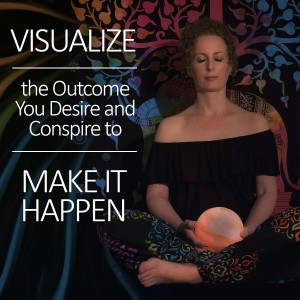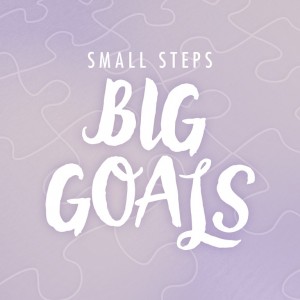 I hope you are having fun celebrating the holidays, but many people feel stressed and unhappy during the holidays. Sometimes, as a response to stress, people drink or eat too much,. They may have trouble sleeping or just feel bad. This is what the Holiday Blues can do. Take a look at what you can do if the Blues pay you a holiday visit.
I hope you are having fun celebrating the holidays, but many people feel stressed and unhappy during the holidays. Sometimes, as a response to stress, people drink or eat too much,. They may have trouble sleeping or just feel bad. This is what the Holiday Blues can do. Take a look at what you can do if the Blues pay you a holiday visit.
Do you have a Fear of disappointing others?
Some people fear disappointing their loved ones during the holidays, so they spend a lot of money on gifts they can’t afford, and you know what the outcome of that brings.
Do you expect gifts to improve relationships?
We all love to get and give presents, but we can’t count on a present to strengthen relationships. Try not to take it as rejection if your gift doesn’t produce the reaction you had hoped for. You did the right thing. We have no control over other people’s reactions.
Is this a not-so-happy anniversary?
I can speak from experience. This is the first anniversary of my mother’s death. It’s also the first Christmas cycle without my husband, since I lost him a couple months ago. It is likely I, and others, will become depressed as the holidays approach.
Do you have bad memories?
You may have memories of disappointments, family fights, and chaos that happened around holidays that surface during holiday time. Even though things may be better now, memories surface during holidays that may trigger even more family dysfunction, such as substance abuse.
Is it Seasonal Affective Disorder?
It’s not just people who live in northern states. Southern states also are gray, cloudy, and have fewer hours of sunlight, too.
———————————————————————————————————-
STRATEGIES FOR DEALING WITH HOLIDAY BLUES
While the holiday blues are usually temporary, these strategies can help you make the holiday season more pleasant, as you are experiencing them.
Be realistic.
The holiday season, with all the forced cheerfulness, cannot ward off feelings of sadness or loneliness if that’s what’s coming up for you. Recognize your feelings, but tell yourself that it’s okay to feel this, but you can do things to help make yourself feel better. Create opportunities to pepper in things to make you feel happier during that time. For example, schedule dinner with a friend or travel somewhere you’ve never been and experience a different type of holiday with no triggers.
Watch the Booze.
Even though drinking alcohol gives you a temporary feeling of well-being, it is a depressant and never makes anything better.
It’s OK to not feel cheerful.
Give yourself permission to accept how you are feeling. If you have recently experienced a loss, you can’t expect yourself to put on a happy face. You can still talk to others and share what you need, like inviting them to take a walk with you.
Stick to your money budget but spend time/conversations, and things that are free.
Find holiday activities that are free, such as driving around to look at holiday decorations. Go window-shopping without purchasing anything. Look for ways to show people you care without spending a lot.
Be honest.
Express your feelings to those around you in a constructive, honest, and open way. If you need to confront someone with a problem, begin your sentences with “I feel….” not “you make me feel”.
Look for support.
Community programs, churches, synagogues, etc. are often offered during holidays to help people deal with the holiday blues. You can meet others and make connections.
Take good care of yourself.
Schedule times for self care. Take a warm bath or spend an evening with a good book.
Limit your To Do List
Be realistic about what you will be able to accomplish. .
Volunteer to help others.
Maybe you will have some time to volunteer and work with others less fortunate than you are.
Get some exercise.
Try to get some type of exercise at least twice each week. It helps your brain boost serotonin levels.
After the Holidays – Still Blue?
Holiday blues can continue into the new year. It may be a leftover feeling of disappointment during the holiday season and being physically exhausted. The blues also happen for some people because the start of a new year is a time of reflection, which can produce anxiety.
Is It More than Just the Holiday Blues?
Clinical depression is more than just feeling sad for a few weeks. The symptoms generally include changes in appetite and sleep patterns, having less interest in daily activities, difficulty concentrating, and a general feeling of hopelessness.
Clinical depression requires professional treatment. If you are concerned that a friend or relative may be suffering from more than just holiday blues, you should express your concerns. If the person expresses thoughts of worthlessness or suicide, it is important to seek the help of a qualified mental health professional.
Can you use some help with anxiety or depression?
To book an appointment:
https://patriciabrawleyphdlpc.fullslate.com/services/1









